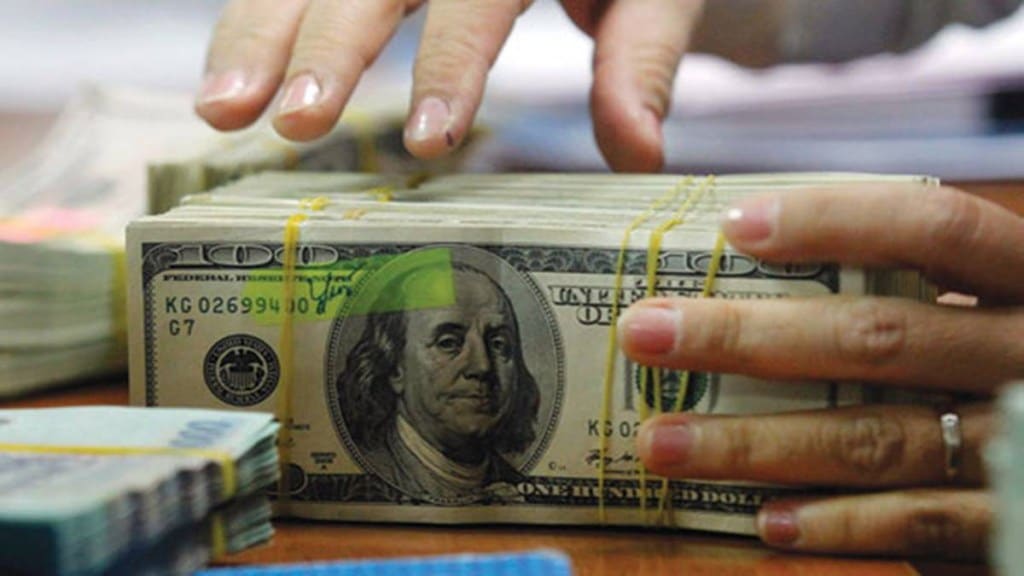As world leaders and development policy experts gather in Paris this week to discuss ways to expand climate financing, academics have proposed a new approach they say could add $60 billion a year in capital to multilateral development bank balance sheets. The proposal published by Boston University’s Global Development Policy Center would harness a small portion of excess central bank reserves, a form of hybrid capital, to boost lending resources to tackle development, climate and other global challenges.
Researchers Marina Zucker-Marques of the SOAS University of London and Kevin Gallagher, director of Boston University’s Global Development Policy Center, suggest that development lenders, including the World Bank, issue so-called Sustainable Future Bonds to central banks. They argue that if central banks divert just 0.5% of total global foreign reserves to buy these bonds, it could boost the multilateral development bank (MDB) capital base by $60 billion per year, translating into a $2.5 trillion boost to the MDB lending portfolio by 2030 based on a roughly 20% equity to loan ratio.
The bonds, which would be rolled over in perpetuity, would form a new, permanent equity-like capital base for the development banks, without injecting new taxpayer-funded capital. The proposal comes as French President Emanuel Macron prepares to open a summit on Thursday and Friday to try to pin down a roadmap for easing the debt burdens of low-income countries, while freeing up more funds for climate financing.
The summit will include a number of world leaders and other key finance officials, including U.S. Treasury Secretary Janet Yellen and the World Bank’s new president, Ajay Banga, now in his third week on the job. The Boston University paper differs from recent proposals calling for countries to lend their excess International Monetary Fund reserves known as Special Drawing Rights to multilateral development banks, allowing MDBs to issue more bonds in the private market to boost lending.
Banga told Reuters last week that he wants to “push” the bank’s balance sheet to boost lending, but does not view SDRs as a viable option to back a major lending increase because SDRs are liquid central bank assets that could be withdrawn, leaving the bank with a maturity mismatch between assets and liabilities. However he said that he is exploring so-called “hybrid capital”, or subordinated debt, which would allow more leverage because ratings agencies treat a portion of it like equity.
